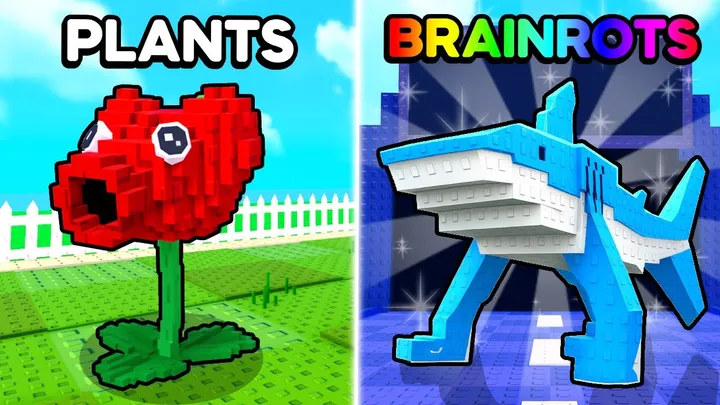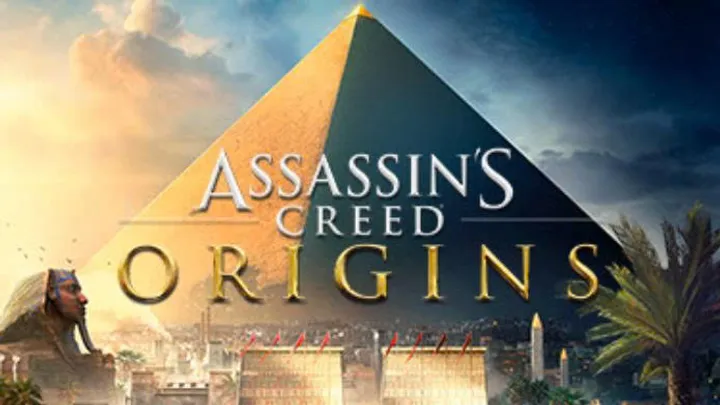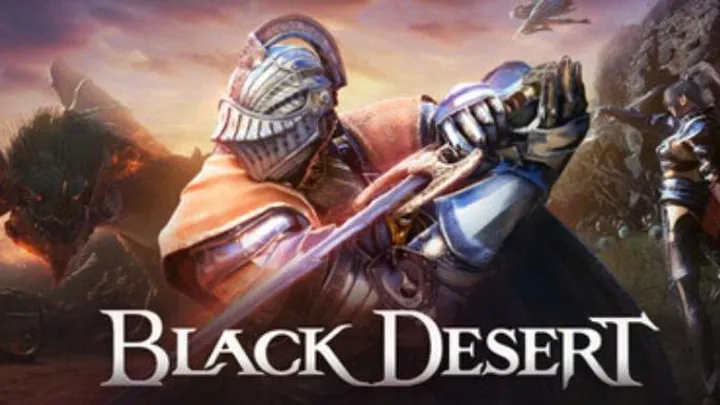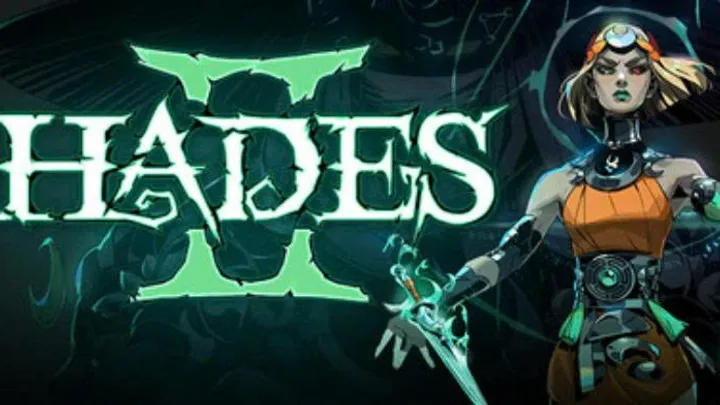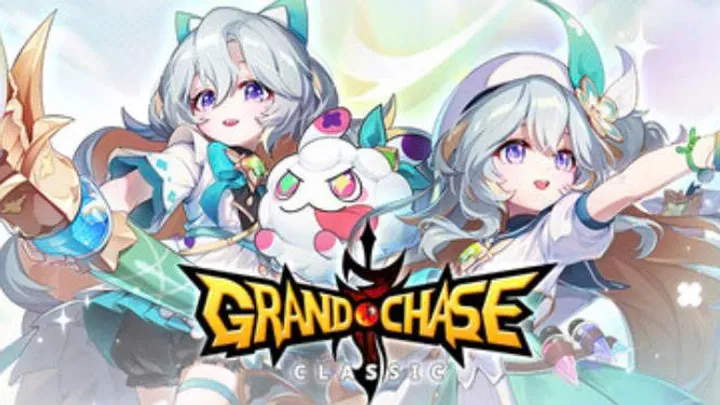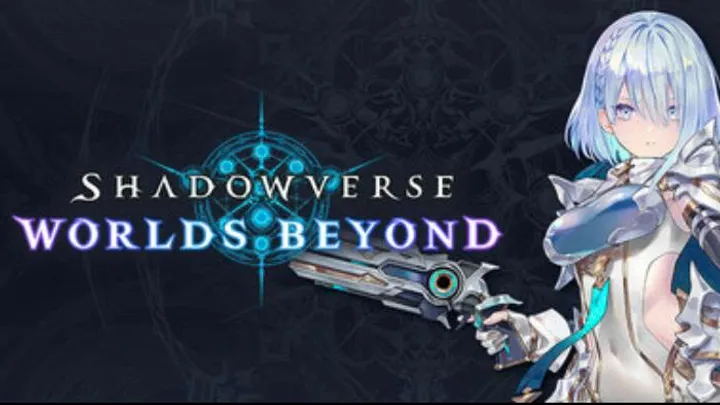Hades II is one of the most anticipated sequels in indie game history. Following the massive success of the original Hades, developer Supergiant Games set out to create a sequel that expanded on everything fans loved—faster combat, more weapons, deeper storylines, and new roguelike systems.
But unlike its predecessor, Hades II entered Early Access before its full release. This decision allowed the developers to refine the game with community feedback, but it also introduced new problems: missing content, shifting balance, uneven pacing, and uncertainty about long-term progression. These issues reveal the difficult trade-offs of making a sequel under the Early Access model.
The Early Access Model and Technical Test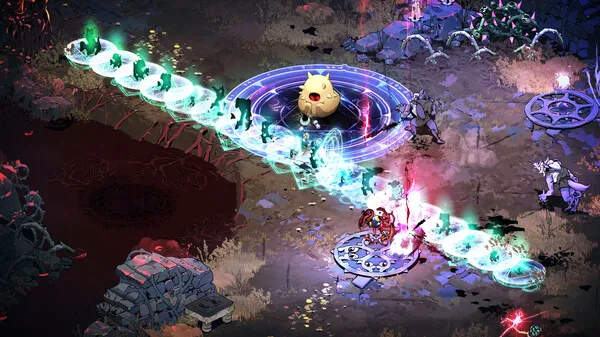
Before launching into Early Access, Hades II underwent a limited technical test. That test helped refine the basics, but when the game became publicly available, it was clear the content was incomplete. Major pieces of story, certain regions, and entire narrative arcs were not yet present.
This created tension for players. On one hand, they enjoyed being part of development and shaping balance. On the other, they feared “using up” the novelty before the final version was released. The more they played, the more they risked burning out on content that wasn’t yet finished.
Core Gameplay Strengths and Added Complexity
The foundation of Hades II is strong. Combat feels fast and weighty, weapon variety is greater than before, and new mechanics like familiars add fresh dimensions. Runs feel dynamic, with multiple paths and boon combinations that create strong replay value.
However, the sequel introduces layers of complexity that sometimes slow the flow. Resource management, crafting systems, and upgrade paths require attention outside of runs. While this adds depth for dedicated players, it can feel like friction for those who prefer the pure immediacy of roguelike gameplay.
The Problem of Missing Story Content
One of the biggest drawbacks of Early Access is the absence of a complete story. In Hades II, many dialogues, interactions, and endings are placeholders or simply not implemented yet. After completing certain bosses, narrative payoffs can be absent, leaving players with an incomplete experience.
For a studio known for strong writing and character-driven storytelling, this is especially noticeable. Players expect emotional arcs and satisfying resolutions, but Early Access by definition cannot deliver those until the 1.0 release.
Difficulty Spikes and Uneven Pacing
Another common criticism is pacing. Some runs flow smoothly, but others feel unfair due to sudden spikes in enemy difficulty or underdeveloped tools. Certain weapons punish mistimed attacks severely, and some encounters overwhelm players with little room to adapt.
Because the game is being constantly patched, the balance shifts from update to update. A weapon that feels strong in one patch may become underpowered in the next. This volatility makes it hard for players to master strategies or feel confident about investing time in a particular build.
Weapons, Boons, and the Balance Tightrope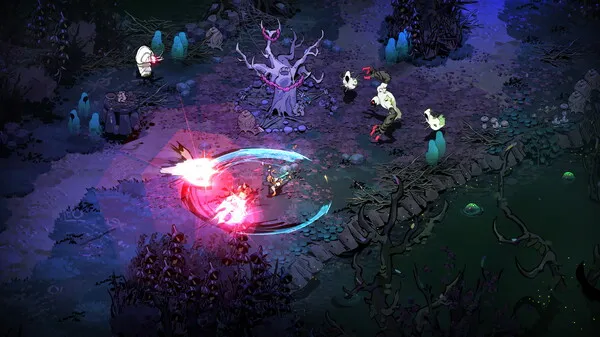
Hades II offers a wide array of weapons, each with multiple aspects and playstyles. Combined with the boons granted by Olympian gods, this creates thousands of possible builds. The problem lies in balance. Some builds clearly outperform others, while niche ones often feel underwhelming.
For example, certain slow weapons suffer heavily when recovery animations leave players vulnerable. Meanwhile, some boon combinations scale poorly into later stages of a run. The result is that diversity exists on paper, but in practice, players gravitate toward a smaller pool of consistently effective options.
Resource Conversion and Meta Progression
Outside of runs, Hades II introduces resources used for crafting, upgrades, and unlocking permanent progression. While this system is meant to reward long-term play, it creates uncertainty. Players often wonder which resources to prioritize now versus which may change in future updates.
This uncertainty is compounded by talk of resource conversions at the full release. Items collected in Early Access may be altered or transformed into new currencies, leaving players unsure if their current grind will matter in the end. This undermines the satisfaction of progression.
Technical and UX Frustrations
Even though Hades II is polished compared to many Early Access games, there are still issues. Enemy behaviors sometimes feel inconsistent, such as stagger mechanics not working the same way across encounters. Input quirks with controllers and key bindings can cause frustration.
Additionally, some menus, localization strings, and art assets remain incomplete. These small gaps don’t ruin the experience, but they remind players that the game isn’t finished, pulling them out of immersion.
Community Expectations and Burnout Risk
The shadow of the original Hades looms large. Fans expect the sequel to meet or exceed its predecessor in every respect. That pressure amplifies disappointment when something feels unpolished or incomplete.
There is also the risk of burnout. Many players log dozens of hours in Early Access, only to worry that by the time the full story arrives, they will be too fatigued to appreciate it. For a narrative-driven roguelike, this is a serious concern.
What Works Exceptionally Well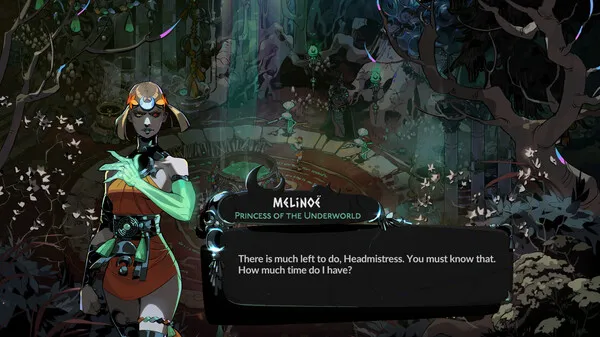
Despite these issues, Hades II has plenty to celebrate. Its art, music, and writing already shine, creating a world that feels alive and engrossing. The combat remains fluid, flashy, and deeply satisfying. The addition of new characters and mythological influences expands the universe in exciting ways.
The developers have also been transparent and responsive, adjusting balance quickly and communicating openly about future plans. This commitment reassures the community that concerns are being heard, even if not all fixes are immediate.
The Path Toward 1.0 Release
Looking ahead, several priorities are clear if Hades II is to reach its full potential:
- Deliver the complete narrative arc with a satisfying conclusion.
- Stabilize balance so players feel confident investing in builds.
- Clarify how resource systems will work at full release to reduce grind anxiety.
- Refine pacing so difficulty spikes feel challenging but fair.
- Polish the technical edges—bugs, controls, and unfinished assets.
If these are achieved, Hades II could stand not only as a worthy sequel but as one of the best roguelikes ever made.
Conclusion
Hades II is both a triumph and a work in progress. Its combat and presentation already surpass many competitors, but its Early Access state highlights the compromises of releasing before completion. Missing story content, shifting balance, and progression uncertainties all weigh on the experience.
Yet the potential is undeniable. If Supergiant Games delivers on its vision with a polished 1.0 release, Hades II could not only live up to its legendary predecessor but surpass it. The challenge is ensuring players remain engaged long enough to see that day.
